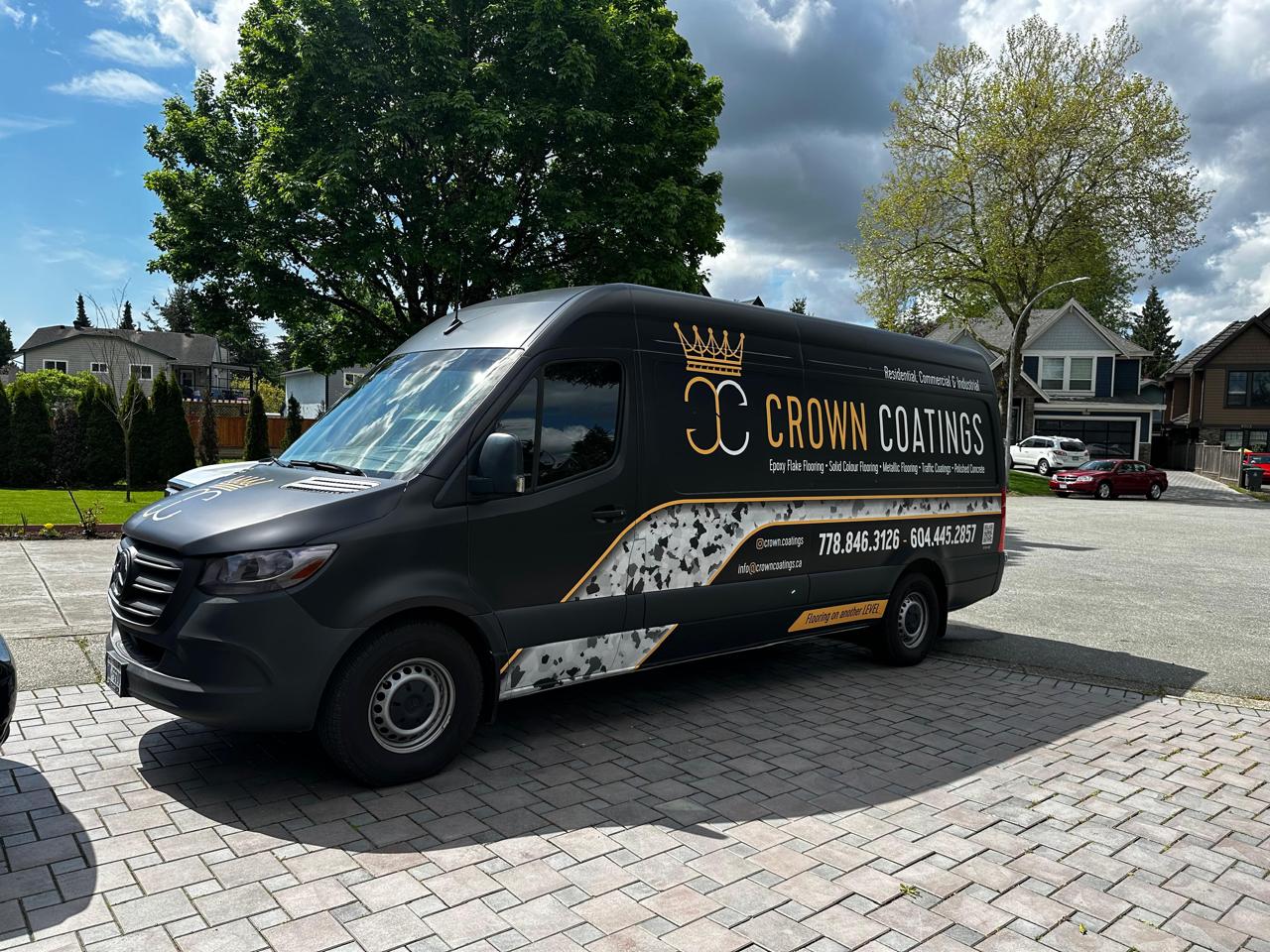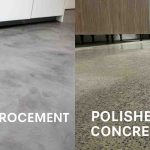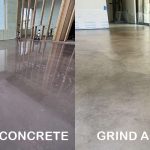Painting a concrete floor can dramatically improve the look and durability of a space — whether it’s a garage, basement, patio or commercial warehouse. In this guide, we’ll walk through why it’s worth doing, how to do it step-by-step, common mistakes to avoid, and when you might be better off with a coating or other alternative. Plus we’ll include internal links (silos) to help you dig deeper into related topics and boost SEO.
Why Paint a Concrete Floor?
Painting a concrete floor offers several benefits:
-
A refreshed aesthetic — the flat grey slab can transform into a clean, coloured surface that brightens a room.
-
Added protection — a paint layer helps resist stains, dust, minor wear, and makes cleaning easier.
-
Cost-effective upgrade — painting is often cheaper than full resurfacing or coating systems.
-
Flexibility — you can choose colours, patterns, or even stencils to suit your style or space.
However, it’s important to note: painting is not the same as specialist floor coatings (for example, the difference between paint and coating is explained in this post: Epoxy Paint vs Epoxy Coating: Know the Real Difference Before You Apply ). Without proper preparation or using the right materials, a painted concrete floor may peel or fail early.
Step-by-Step: How to Paint a Concrete Floor
1. Inspect and Prepare the Surface
Proper preparation is absolutely critical. Without it, paint is likely to fail prematurely. See also our dedicated guide on surface prep. Epoxy and Garage Flooring Vancouver
-
Clean the floor: Remove oil, grease, dirt, dust, previous coatings or sealers. Concrete is porous and contaminants will interfere with adhesion.
-
Repair damage: Fill cracks, holes and surface imperfections. Uneven spots can lead to paint thinning or chipping.
-
Check moisture: Concrete can trap moisture; if too much moisture is present, paint may blister. Consider moisture tests or mitigation if needed. Epoxy and Garage Flooring Vancouver
-
Profile the surface: Light abrasion (e.g., sanding or grinding) helps the paint adhere by creating a slightly rough surface.
-
Remove dust thoroughly: After sanding/grinding you must remove all dust – this is a common point of failure if skipped.
2. Choose the Right Paint and Supplies
-
Use a high-quality concrete floor paint rated for the intended traffic and environment (garage, warehouse, patio, etc.).
-
Consider whether you’ll use a primer or base coat before the top coat; some paints require it for optimal adhesion.
-
Choose rollers or applicators suited for concrete: medium nap rollers can help push paint into the concrete texture.
-
Ensure good ventilation and follow manufacturer instructions for temperature and humidity.
3. Apply the Primer/Base Coat (if required)
If your product requires a primer, apply it firstly and let it cure as per instructions. This helps bonding, especially in repaired or patched areas.
4. Apply the First Coat of Paint
-
Start from the far corner and work toward the exit for ease.
-
Maintain a wet-edge to avoid lap marks.
-
Roll the paint in a consistent pattern (e.g., “W” then fill in).
-
Work around edges with a brush or small roller.
-
Let the first coat cure as recommended (often 24 hours or more).
5. Inspect and Apply Additional Coats
-
Check for coverage and uniformity once the first coat is dry.
-
Apply a second coat to ensure full opacity and durability (many jobs require two coats).
-
If major imperfections show, lightly sand, clean and apply another coat.
6. Cure and Protect the Floor
-
Don’t put full traffic or heavy items on the floor until the paint is fully cured (often 72 hours or more).
-
For extra durability you might consider adding a topcoat or sealer, especially in high-traffic or industrial settings.
7. Maintenance Tips
-
Clean routinely with a pH-neutral cleaner. Avoid harsh chemicals which might degrade the paint.
-
Inspect for wear in high-traffic zones (entrances, vehicle wheels, etc.). Touch up or recoat as needed.
-
If you end up needing a stronger solution (e.g., for heavy machinery, chemicals, etc.), you may consider upgrading to a coating or polished concrete (link to alternative options above).
Common Mistakes to Avoid
-
Skipping or rushing surface preparation → leads to peeling or bubbling.
-
Painting over existing sealers/coatings without removal → poor adhesion.
-
Ignoring moisture issues in the slab → can cause blistering or delamination.
-
Applying paint in unsuitable conditions (too cold/humid) → improper curing.
-
Treating paint as a coating system when heavy duty protection is required — for heavy use you may want to reference the difference between paint and coating. Epoxy and Garage Flooring Vancouver
When to Consider Alternatives Instead of Painting
Painting may work well for light-to-moderate use areas (e.g., residential garage, basement). But if you’re dealing with: heavy traffic, vehicles, chemical exposure, industrial applications — then more robust flooring systems are worth considering.
For example:
-
If you want industrial strength with chemical & abrasion resistance, read “Epoxy Paint vs Epoxy Coating: Know the Real Difference Before You Apply”.
-
If you prefer a sleek, polished look with minimal maintenance, explore “Epoxy vs Polished Concrete: Which Flooring Option is Best for Your Space?”.
These alternatives often cost more initially but deliver longer life with less frequent maintenance.
Conclusion
Painting a concrete floor is a smart, cost-effective way to upgrade a space — provided you invest time into preparation, use the right paint and technique, and maintain it going forward. If your demands are higher (traffic, chemicals, durability), then consider stepping up to a coating or polished concrete solution and check out the detailed posts we linked.
By following this structured approach and linking through the related deeper content, you’ll be well-positioned not only to execute the job successfully but also to help your site’s SEO by providing a robust internal link structure and topic coverage.
Frequently Asked Questions (FAQ)
Q: How long does paint on a concrete floor typically last?
A: With proper prep, quality paint and appropriate traffic, you might expect 3-5 years or more in residential use. In heavy use areas it may wear faster — hence coatings may be better.
Q: Can I use regular interior paint on a concrete floor?
A: It’s possible, but not advisable. Floor-specific paints are formulated for abrasion, impact and substrate movement. Regular wall paint typically lacks the durability for floor use.
Q: What if my concrete floor is sealed or polished already?
A: If it’s sealed or polished you must remove or abrade the existing surface so the new paint can adhere. Skipping that risks peeling. Refer to surface preparation steps.
Q: Is painting a concrete floor slippery when wet?
A: It can be. If the floor will be exposed to moisture, consider a paint with anti-slip additives or a textured finish for added safety.





